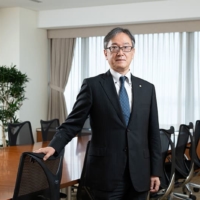Akiko Suzuki ordered a steak dinner at an airport restaurant on her way home from a figure skating competition in Croatia. Not long after the meal, she walked into a bathroom and vomited in the toilet.
It was the spring of 2003. Suzuki, who was 18 at the time and still competing on the junior circuit, told herself it was a reaction to eating red meat for the first time in months. But the incident turned out to be a harbinger of something more serious.
Her appetite dwindled after she returned home. During her first weeks as a student at Tohoku Fukushi University in Sendai, her weight dropped from 48 kilograms to 40.



















With your current subscription plan you can comment on stories. However, before writing your first comment, please create a display name in the Profile section of your subscriber account page.